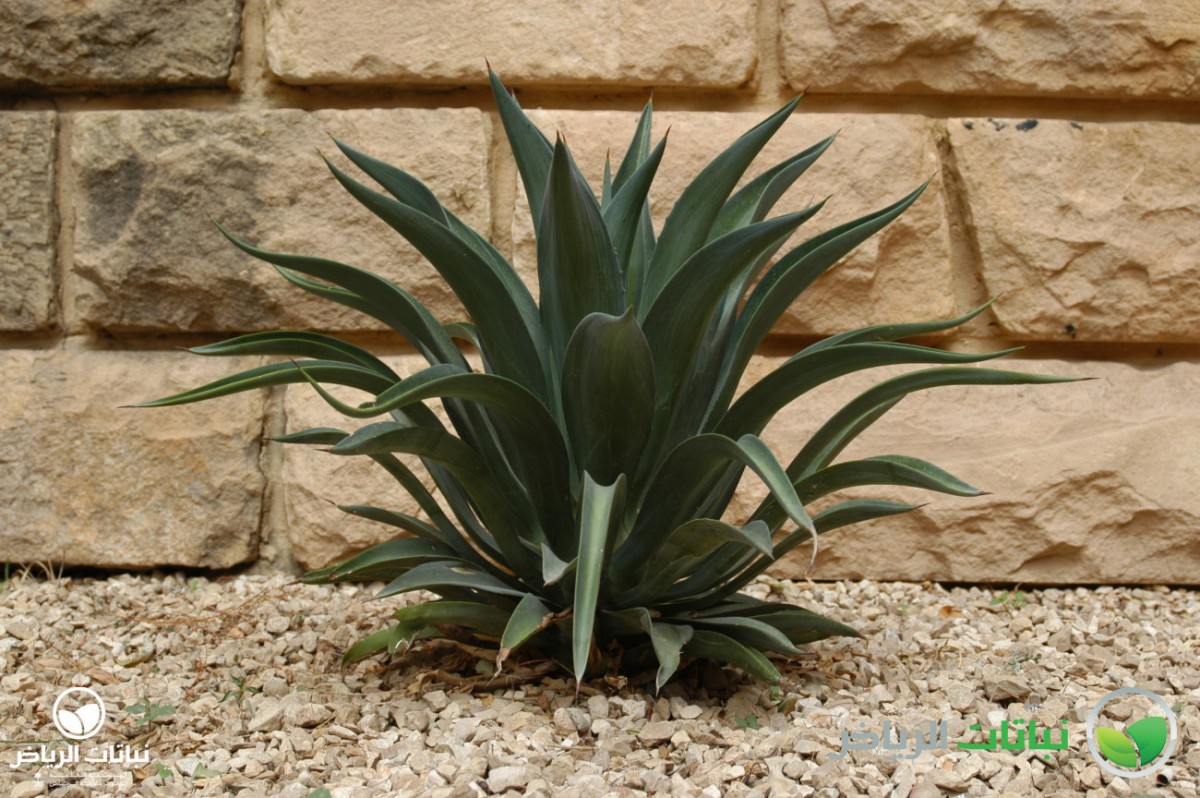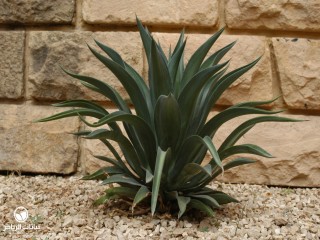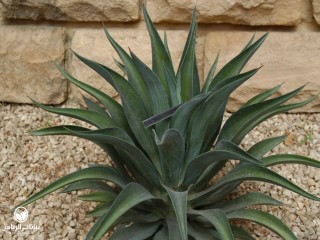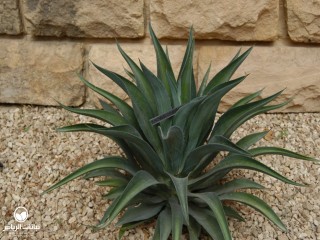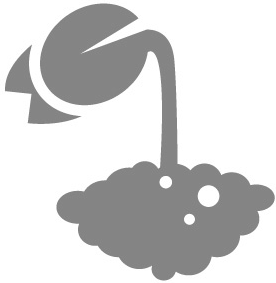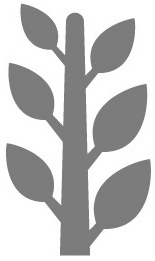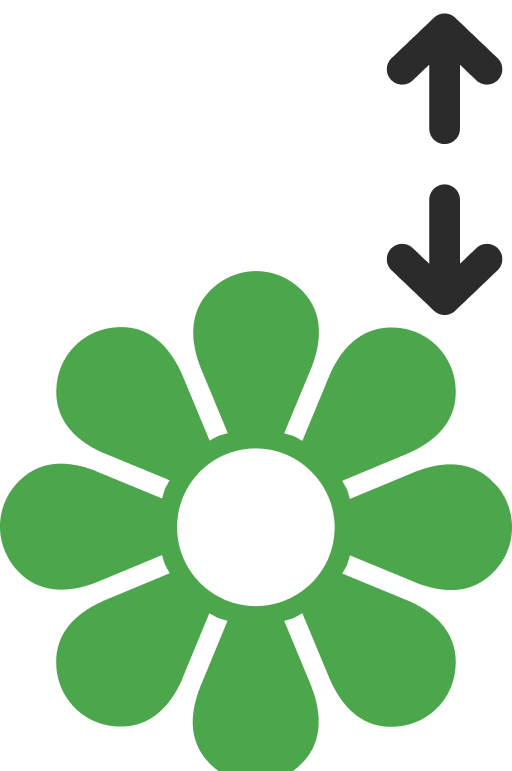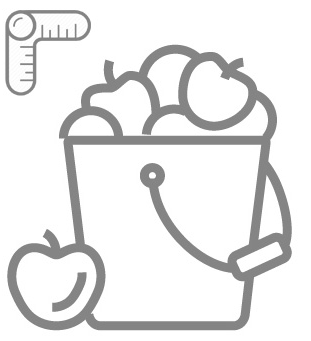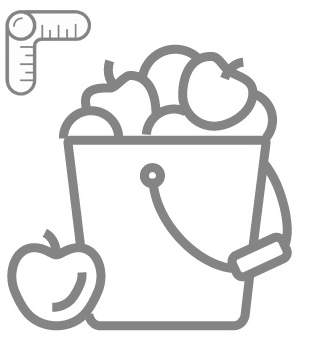Riyadh Plants
Dragon-Tree Agave, Fox Tail Agave
For those who like the appearance of agaves, but fear the sharp spines, this species is the best choice. Its pale green foliage is leathery and soft with no teeth along the margins and a soft tip. Romping children will not get hurt by this species, but on the other hand, this slow growing plant takes a long time to recover from damage to its foliage. Dragon-tree agaves also differ from the other roughly 300 species by their short trunk up to 1.5 m in height and the offshoots at its base. A rosette consists of about 15 leaves that die, when the plant starts to flower, though other heads on the multistemmed clumps usually maintain the life of the clump. Bloom stalks may reach a height of about 2.5 m and are densely covered with many flowers and bulbils. The stalk resembles a swan's neck. All agaves tolerate heat, full sun and arid conditions, but do better with occasional watering, especially during their spectacular flowering period. It is, however, very susceptible to frost: it will survive, but recovers only slowly. A. attenuata is, nevertheless, a very attractive and successful agave in Riyadh, because of its tropical appearance and soft green clumps of rosettes. Planting agaves in bellied pots with narrow rims should be avoided, for removal of the plant is impossible without killing the plant or destroying the pot.
